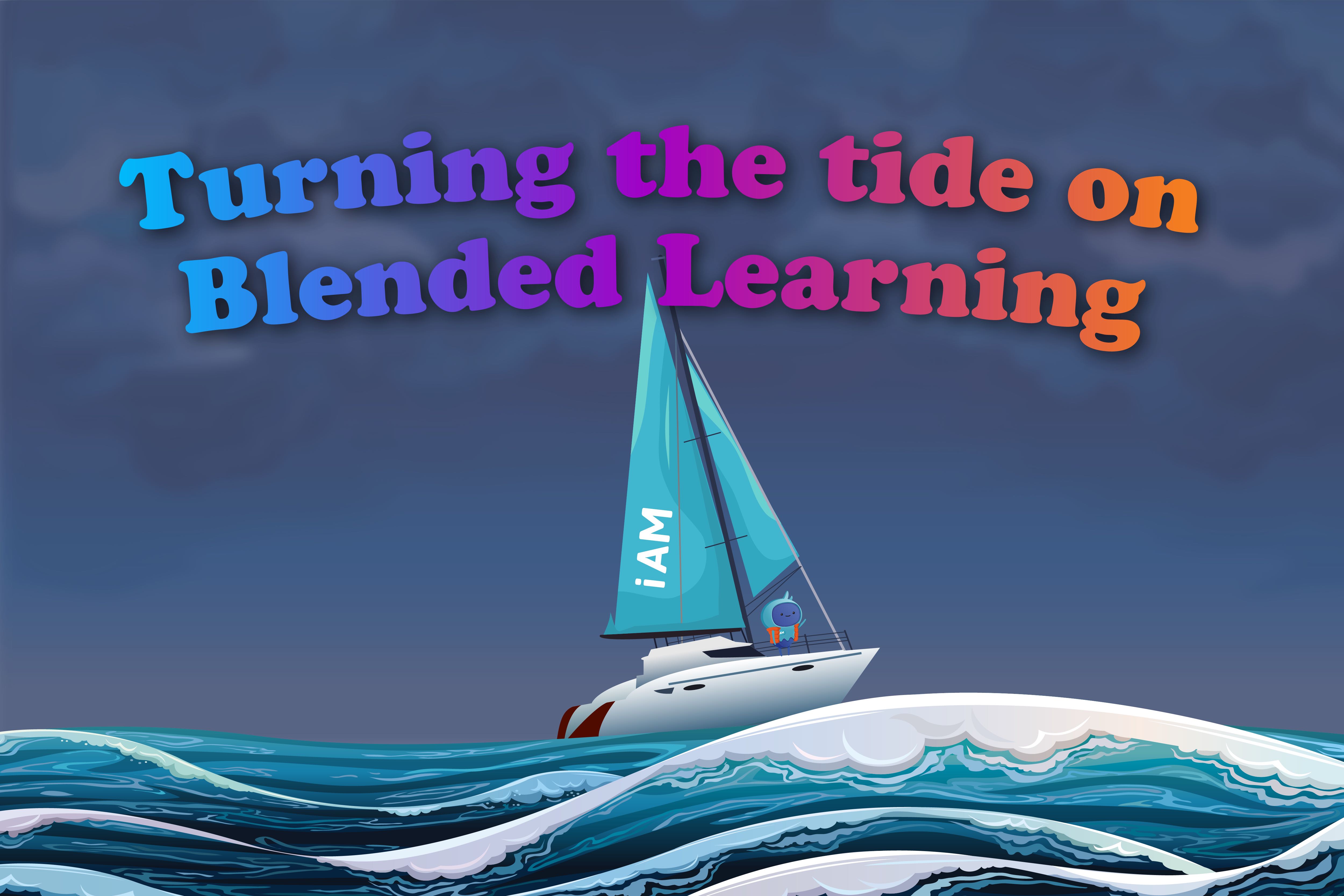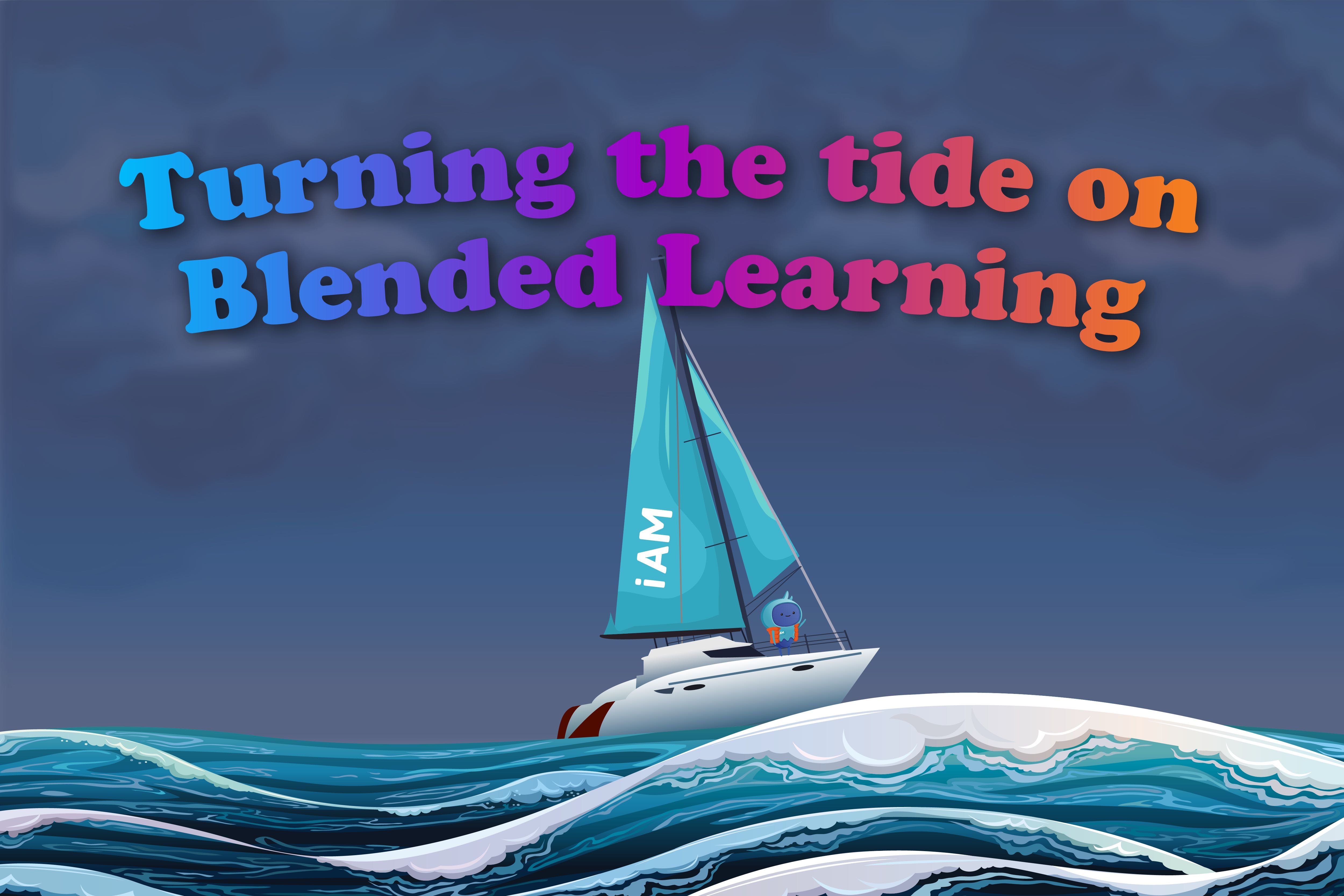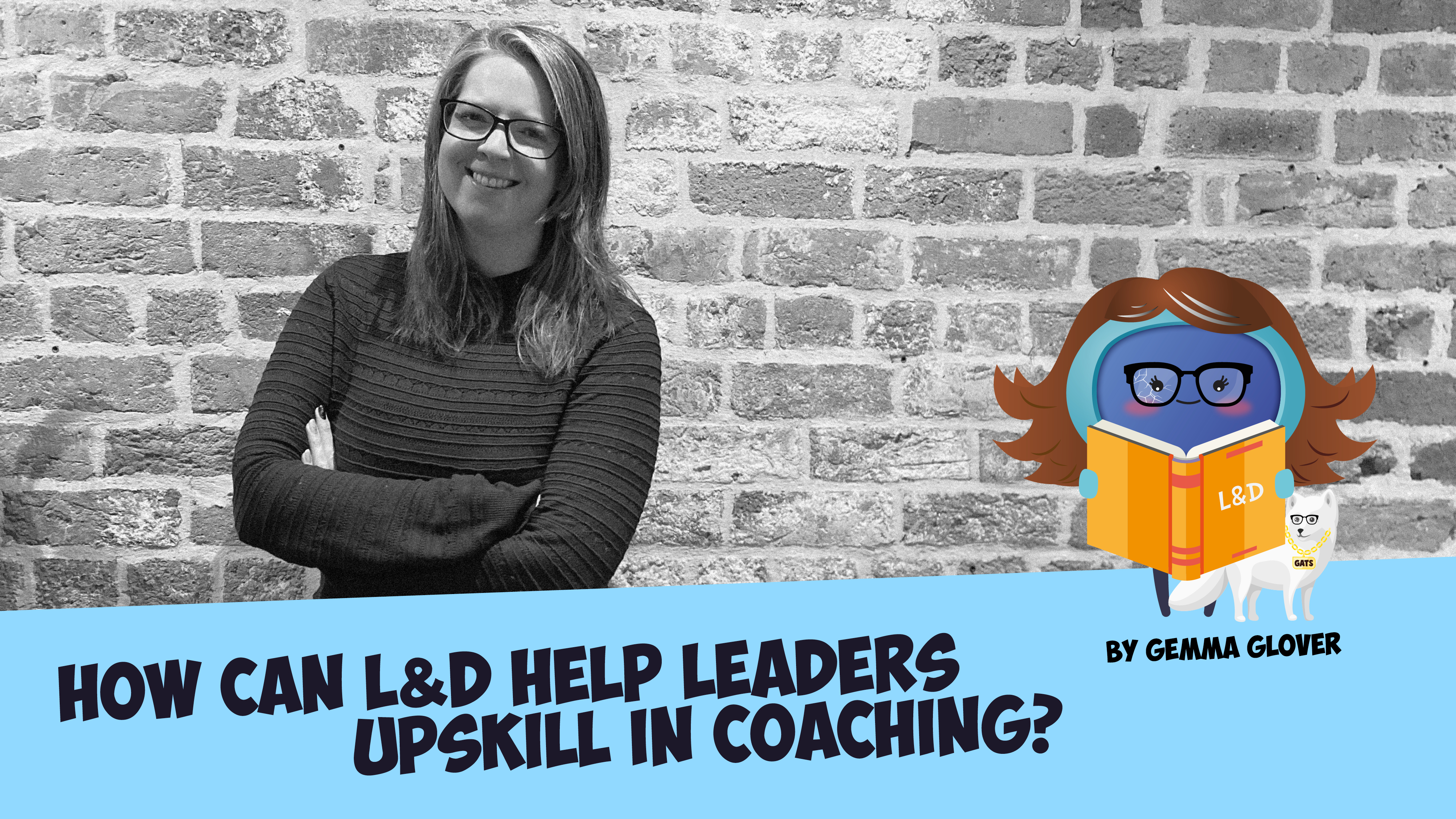We all know that the working world has changed – and likely forever. Employees are now more remote, global, and have autonomy and flexibility in their working day. While this is great for wellbeing and work-life balance, it does present a new challenge for L&D teams.
It’s now much harder to bring learners together for a synchronous learning experience, but how do we avoid losing the benefits of face-to-face, collaborative learning? The answer… blended learning.
We know, we know, the term blended learning has been bouncing around the L&D industry for decades. But why is it still such a hot topic? And why can’t the industry agree on a universal definition for it?
Many define blended learning as the merging of online technologies with face-to-face instruction. Of course, that is a form of blended learning, but there’s so much more to it. It’s about putting the learning front and centre via the most efficient and effective methods.
Blended learning to deliver real behavioural change
Changing behaviours takes more than an hour in the classroom, watching a video or completing an eLearning course. It often takes a blend of learning methods.
Nowadays, people want to learn. And, more importantly, they want to work for companies who invest in their training and development.
But…they want to learn in ways that suit them. This means L&D teams need to think about learning more holistically. Learning needs to be efficient, accessible, easy to fit in, valuable, supported by experts – the list could go on!
So it’s safe to say, modern learners want a lot. And it’s your job to deliver on that.
Where do you start with blended learning?
We’ll let you in on a little secret: tech isn’t the answer.
Now, as an eLearning creator and LMS provider, it probably comes as a shock to hear us say such a thing! But buying new learning technology is very rarely the answer to your learning challenges.
While it’s a great investment, relying solely on the tech itself isn’t going to educate your learners, transform your engagement metrics or deliver an effective blended learning strategy.
Unsurprisingly, it’s all about the learning experience. But how do you know if the solution you’re designing is what your learners are looking for?
Before you start it’s really important to conduct a Training Needs Analysis (TNA). A TNA will help you understand the knowledge and skills you already have in-house and will inform the training that is actually required.
It’ll also provide you with insights on the delivery method preferred by your learners or if an issue even needs a full learning solution – it could be that a simple communication or process change is the answer to the problem.
TNA’s will help you find this out before spending time and money delivering a training programme that is unlikely to work.
How will blended learning strategies help your learners?
The ultimate goal of learning is for your people to use the skills or knowledge they’ve learned and apply it within the workplace. A blended learning strategy will help you achieve this in four ways:
- Increased retention – a blended approach is a great way to implement spaced repetition, a key method for helping your learners imbed what they’ve learnt.
- Transferable skills – it’s not just what your people learn that can be applied within the workplace, it’s also the way they learn. Different learning techniques can be adopted in other areas of a learner’s job role and their responsibilities.
- Create a positive learning culture - the route to a positive learning culture comes back to one thing: enthusiastic learners, and blended learning is a great way to do just that.
- Fit for purpose learning - modern learners are busy and all have their own unique challenges. Blending different approaches to suit your learners needs makes for the most efficient solution.
Blended learning is key to success
Blended learning brings together the objectives of your business and the needs of your learners, to create a unique solution for your organisation.
Taking the time to consider your blend, with a focus on effectiveness for your learners as well as the logistics of delivery, is the key to learning success.
A well implemented blended approach can contribute to a positive culture and give your people what they want - not only from a learning approach perspective, but as a valued employee within your company.
If you need help deciding how best to use different learning solutions for your organisation, feel free to get in touch for a quick chat with our expert team.
Learn more about blended learning and how to implement it in your organisation by checking out our 'Turning the tide on blended learning' eBook.





